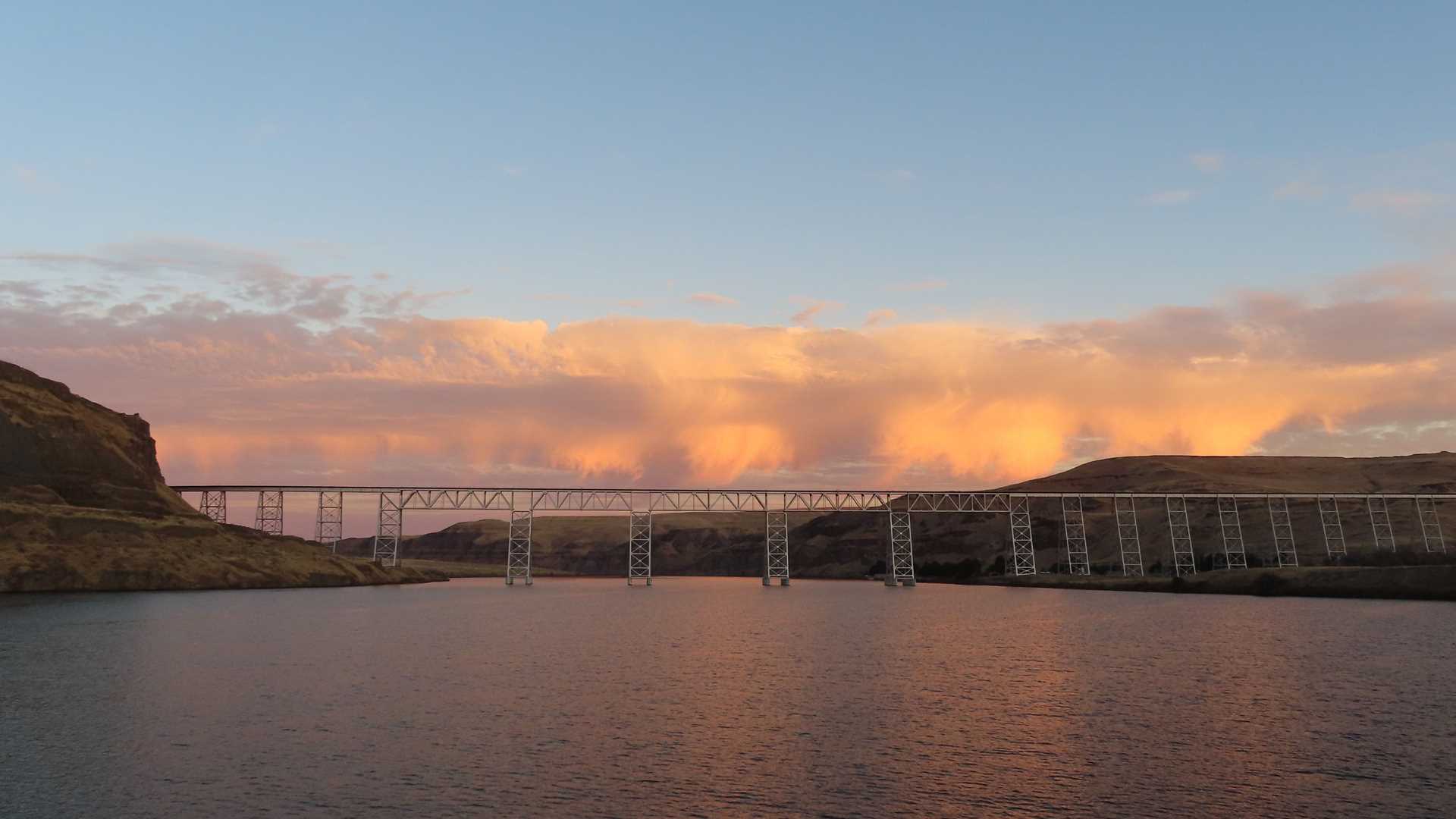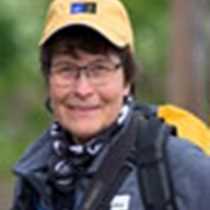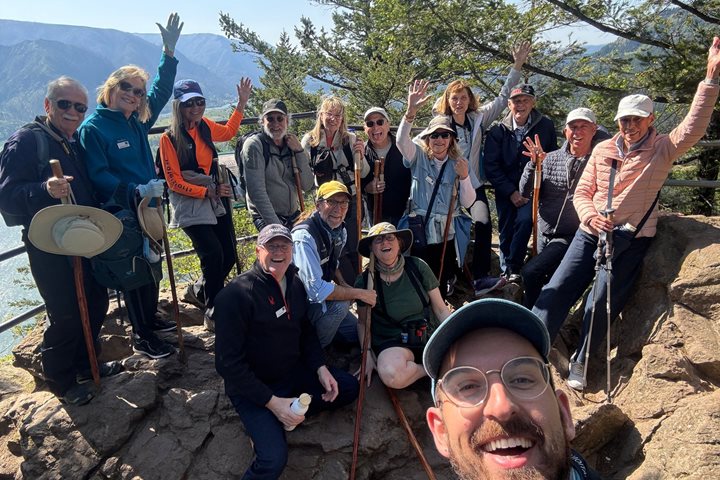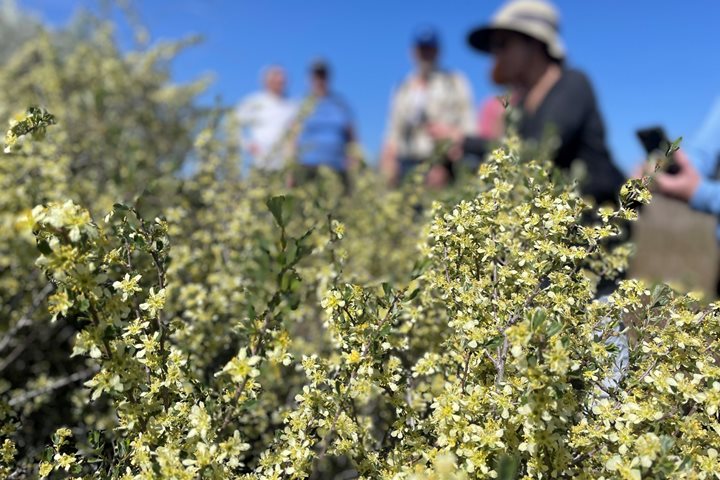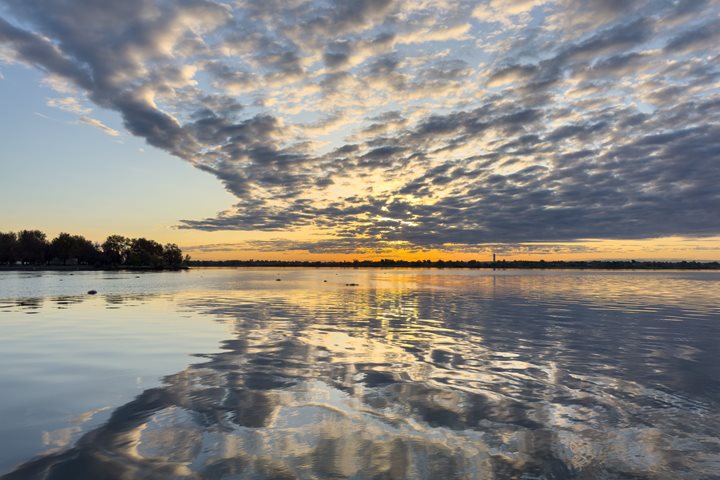The slimmest of crescent moons hangs low in the east as National Geographic Quest makes her way downstream on the Snake River, bound for its confluence with the Palouse River. We are in the heart of the Columbia River Basalt Province, and layer upon layer of basaltic lava flows step up, forming high cliffs on either side of the river. The buff grasses of autumn contrast beautifully with the brown-weathered basalts. A pair of great blue herons fly high above the river as the rising sun turns the few clouds vivid pink and orange. Soon we arrive at the mouth of the Palouse River and begin our day of adventures, visiting Palouse Falls and taking Zodiac cruises up the river. We also launch our fleet of yellow kayaks, a popular option.
Call +1.800.397.3348 or contact your travel advisor

